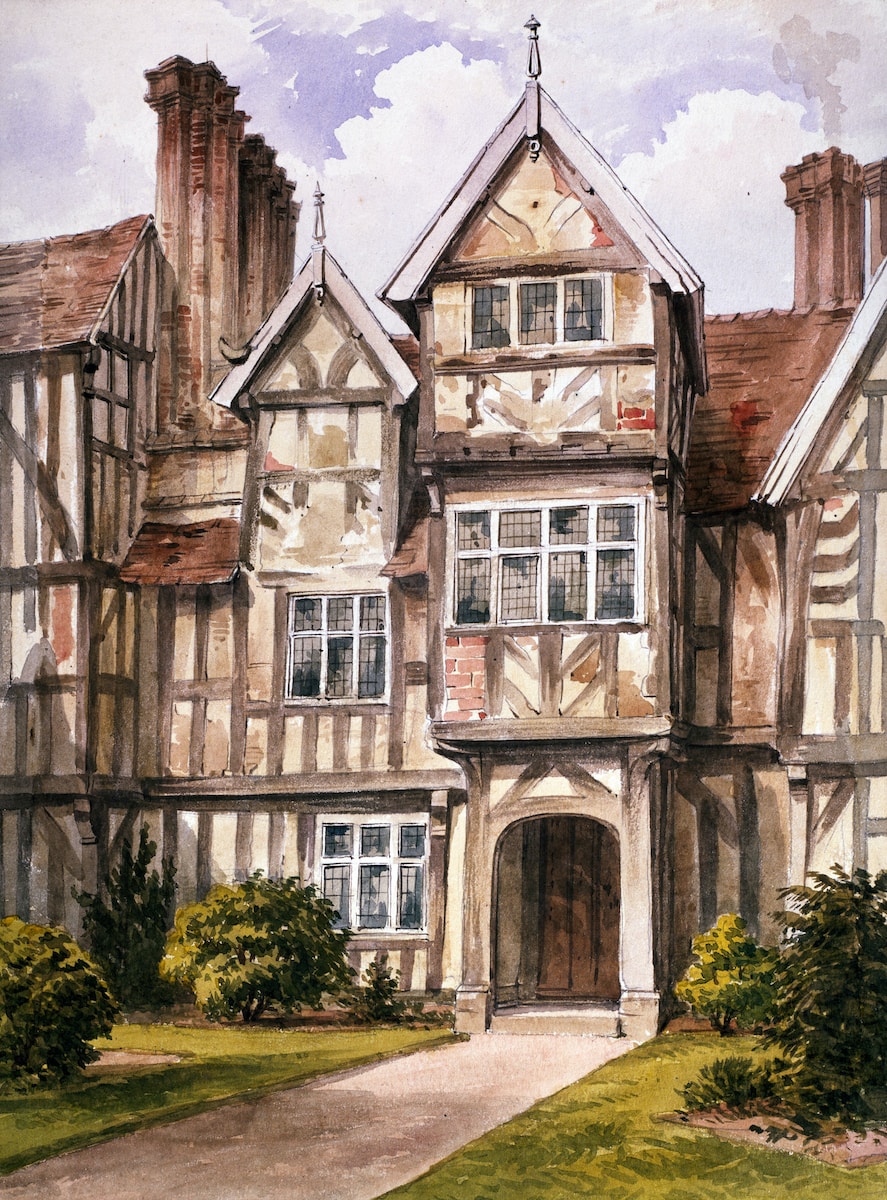Architectural paintings have long captivated audiences, merging the precision of architectural design with the expressive potential of the visual arts. These paintings offer more than aesthetic pleasure; they serve as cultural and historical touchstones, revealing much about the societies from which they emerged.
Pioneers and Visionaries of Architectural Art
The journey into famous architectural paintings must include the Venetian master Giovanni Antonio Canal, known as Canaletto. His panoramic views of Venice, characterized by meticulous detail and radiant light, are not just art; they are historical records of an 18th-century Venice. His works like “The Grand Canal, Venice”, “Vaprio d’Adda”, and “The Basin of San Marco on Ascension Day” are displayed in the world’s leading museums, such as the Museo del Prado in Madrid.
Moving north, the Dutch Golden Age painter Pieter Saenredam’s interior church views, like “Interior of St. Bavo, Haarlem,” are masterclasses in light, space, and architectural accuracy. His works are revered for their serene and almost ethereal quality, which captures the essence of sacred architectural spaces.
Documenting History Through Architecture
In the UK, John Constable’s paintings, like “The Hay Wain,” though primarily landscapes, often feature architectural elements that tell stories about life in the 19th century. His works are celebrated for their romantic depiction of the English countryside and can be found in institutions like The Victoria and Albert Museum in London.
Across the Atlantic, Edward Hopper’s “Nighthawks” is emblematic of 20th-century American architecture. His urban scenes, often portrayed in a melancholic tone, capture the essence of modernity and isolation within urban settings.
The Cultural Reflection in Architectural Canvases
L.S. Lowry’s industrial landscapes, like “Industrial Landscape,” offer a glimpse into the life and architecture of Northern England. His stylized portrayal of factories and workers resonates with the cultural and socio-economic narratives of the time.
The Financial Allure of Architectural Masterpieces
The economic value of famous architectural paintings is undeniable. Vermeer’s “The Art of Painting,” for example, is not only a masterpiece of composition and technique but also a highly valuable asset in the art market.
Global Galleries and the Celebration of Architectural Art
To fully appreciate these masterpieces, visiting world-renowned art galleries and museums is essential. The Hermitage Museum in St. Petersburg, the Art Institute of Chicago, and the Prado Museum in Madrid are among the many that house these famous architectural paintings.
Educational Impact and Artistic Evolution
These paintings are more than just art; they are educational tools that offer insights into historical architectural styles and urban evolution. The genre continues to evolve, with contemporary artists bringing new perspectives to the depiction of architecture in art.
The Modern Perspective: Architectural Painting in Contemporary Art
In recent years, artists have continued to explore architectural themes, often blending traditional techniques with modern interpretations. Julie Mehretu’s large-scale works, for example, combine architectural precision with dynamic abstraction, offering a modern take on the genre.
Architectural Paintings in the Digital Age
The advent of digital technology has introduced new dimensions to famous architectural paintings. Digital artists are now creating architectural artworks that blend realism with imaginative elements, accessible to a global audience through online galleries and virtual exhibitions.
The Collectors and Patrons of Architectural Art
The role of collectors and patrons has been pivotal in preserving and promoting famous architectural paintings. From private collectors to public institutions, the support and appreciation for this genre have ensured its continued relevance and visibility in the art world.
The Role of Architectural Paintings in Education
Educational institutions increasingly use architectural paintings as tools for teaching art history and architecture. These paintings provide students with insights into historical architectural styles, urban planning, and the socio-cultural context of different eras.
Famous architectural paintings, transcending time and culture, continue to fascinate and inspire. They are not merely representations of buildings; they are narratives of history, culture, and artistic evolution. As we look to the future, the legacy of these masterpieces will undoubtedly endure, captivating new generations of artists and art lovers alike.


